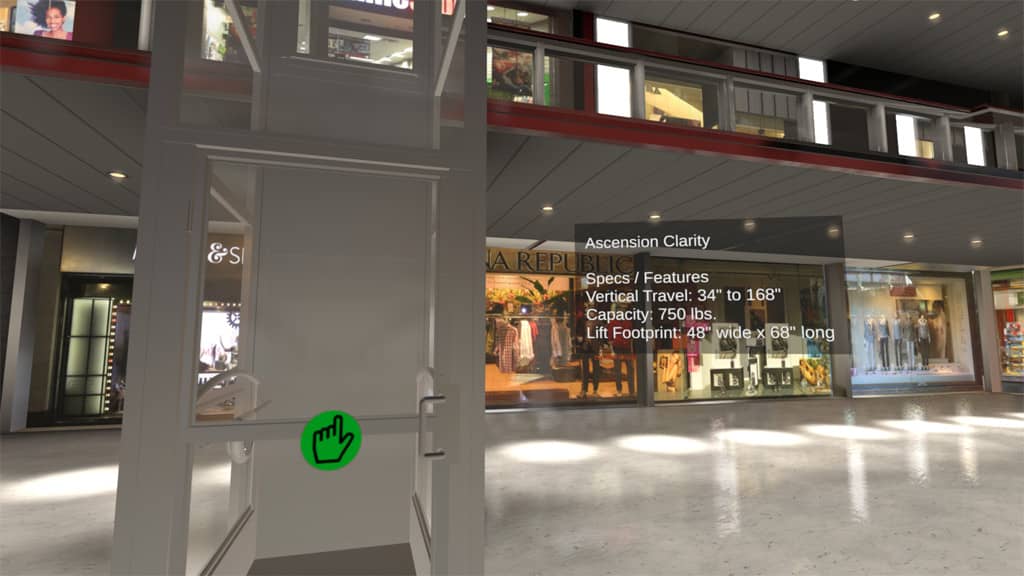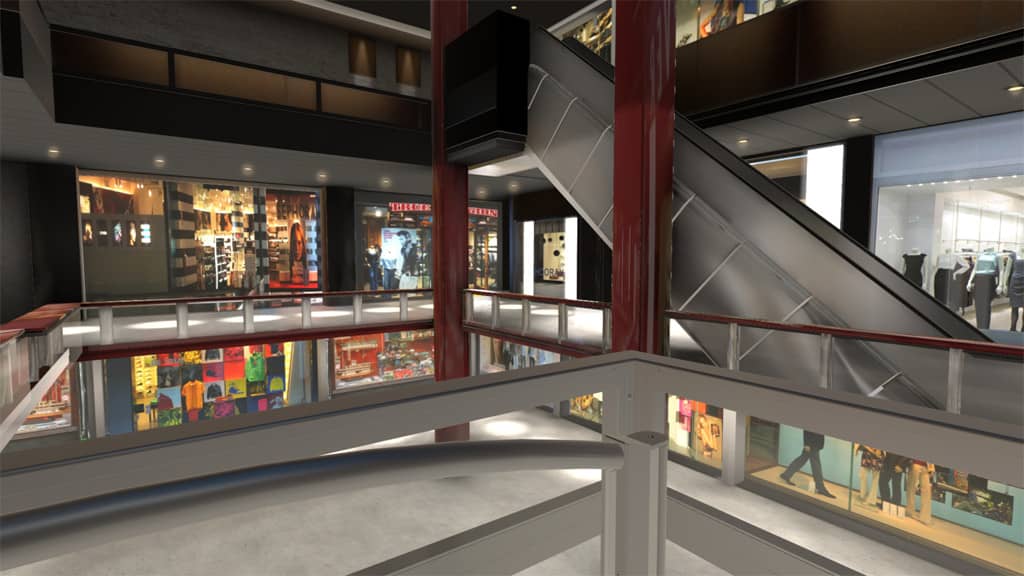Websites and VR
I never thought that you could code a website for VR headsets, but it looks like it’s coming to fruition slowly but surely. Whether or not VR will be a gimmick or trend on the web is yet to be seen. This could impact business’ worldwide that have a small or handheld product, say a shoe for example. You could log on to Nike’s website with a VR headset, and walk through a virtual store that is tied directly to their e-commerce system. While you wouldn’t be able to try on the shoes of course (without some kind of dummy peripheral), you could still get an in depth look at the product. This is already happening with product demos, but taking it to the web and integrating it with a normal 2D website would be a great leap forward in not having to rely on an app loaded on a headset.
The Future of the Video Game Industry
This is pretty obvious as it is the most well-known use for VR at the moment. Video games’ next logical level of immersion definitely lies within VR and AR, although I’d argue that VR in this category will probably win and stay relevant for a solid 20 years or more. Once tactile feedback suits and running-in-place systems are affordable, playing a game like Resident Evil might actually give people the scare of their lives. Currently, there are many companies around the world working on tactile feedback systems, suits, or anything wearable to enhance the immersion of virtual reality.
While some AR games exist, until there is some sort of wearable device that uses AR like Google Glass, I think it’ll still be a ways out from being mainstream enough to take over the video games industry. Some environments in the real world wouldn’t be suited for certain genres of games, so the user playing the game relies heavily on what’s around them and it may not always be suitable to travel just to match the proper game experience. Also, one of the main draws for video games, as with all entertainment, is to give us a break from the real world and immerse ourselves into an interactive story to give us a break from our daily lives. On mobile platforms however, it makes a lot of sense for various applications and games. Just look at how popular Pokemon Go was just a couple years ago.
VR Product Demos & Tradeshows
As you might expect (and stated above), product demos are a common use for current VR capabilities, especially with small hand-held objects. Back in 2017, Litening in fact made a walkable VR product demo for a wheelchair lift, utilizing Cinema4D for prep-work and visualization, combined with Unity’s game engine to pipe into Oculus Rift S VR headsets.
The challenge for the client (Ascension Wheelchair Lifts) was that they needed to have people visually inspect their wheelchair lifts and what made them so premium compared to their competition. Shipping and handling the actual lifts that weighed over a thousand pounds to multiple tradeshows per year was very expensive.
In comes the idea for a VR experience at the tradeshows instead. With just the cost of a few Oculus Rift S headsets and yours truly and a friend who had lots of experience coding and working within Unity, to help create the environments and code the app, the transportation issue was no longer an issue. The client’s budget went from tens of thousands of dollars to under ten thousand total. New customers and business partners got to try the demo on the cutting-edge of technology for an industry far removed from such things. Many companies in the future can profit from similar circumstances.
The Rise of AR
Virtual Reality (VR) will inevitably (except in the case of video games) be replaced with full-on Augmented Reality (AR). Whether that be an implant or simply wearable contacts or glasses, modifying the natural 3D world around us with augmented graphics has tons of applications for productivity and interactivity. How do we know this? Because tech will become more and more advanced, smaller, lighter, and capable of integrating with and co-existing with devices and anything humans can physically wear. After that, wearing it might not be suitable or enough for us in the far future.
Just like in The Matrix, if you start thinking about it, it makes a lot of logical sense to integrate our human bodies with technology. Why not have a chip in your brain that directly uploads and downloads your thoughts, ideas, and imagination recordings into the cloud of the internet for your next board meeting on Tuesday? Imagine communicating almost telepathically via the help of a small implant in your brain that connects to a worldwide web of human brains. Imagine how much faster work would get done among teams in large businesses and corporations.
Even if it is a scary thought to become a cyborg, it doesn’t mean it’s outside the realm of possibility. If you told my mom in the 80’s that everyone would have a computer in their pockets that could do thousands of useful tasks, she’d probably never believe it.
Service Businesses
With demands for all of the above increasing year after year, more businesses are hopping on board the new app development train that is for VR. There are listing sites, such as DesignRush, for agencies such as ourselves that are here to help any and all industries get a piece of the VR pie. Coders, artists, creative directors — all sorts of jobs open up to help create a more immersive experience for different applications.











